Wingtip Vortices and Wake Turbulence
Pilot Institute
MARCH 28, 2025
When air flows over the aircraft wing, the shape of the airfoil creates low pressure above the wing and relatively higher pressure below the wing. After one aircraft lands, the tailwind pushes the vortices forward into the runways touchdown zone. This distance is measured when the preceding aircraft is over the runway threshold.


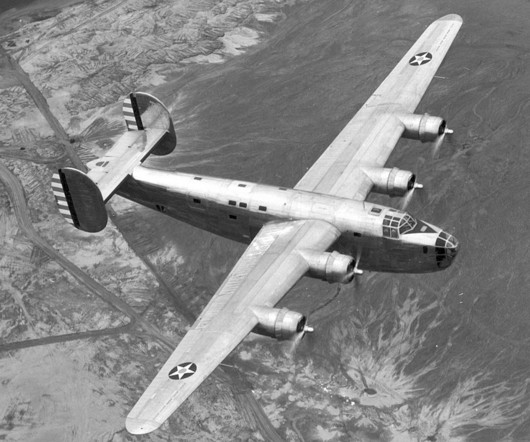
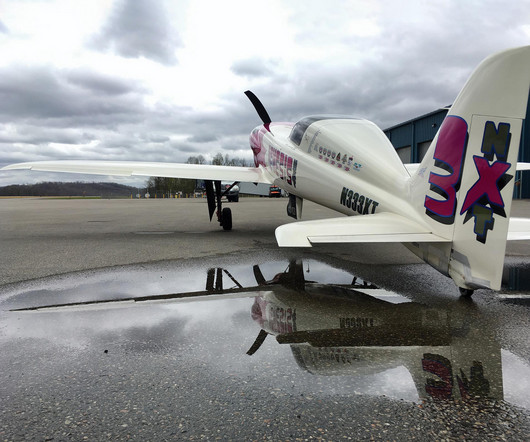
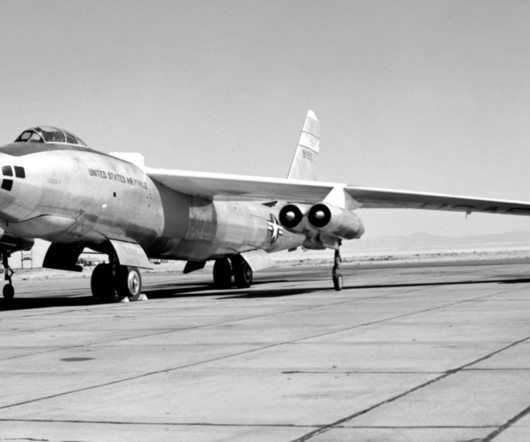
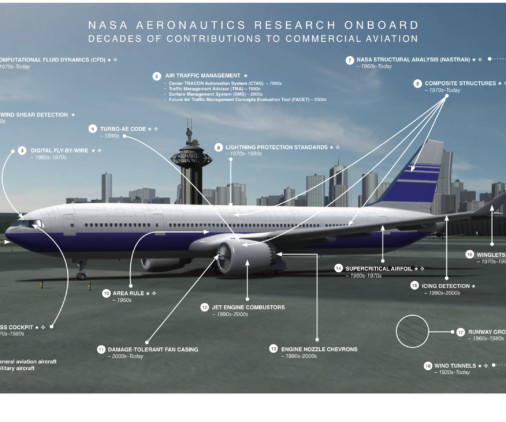
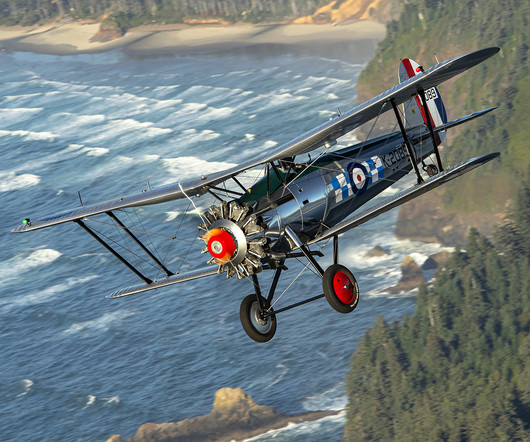



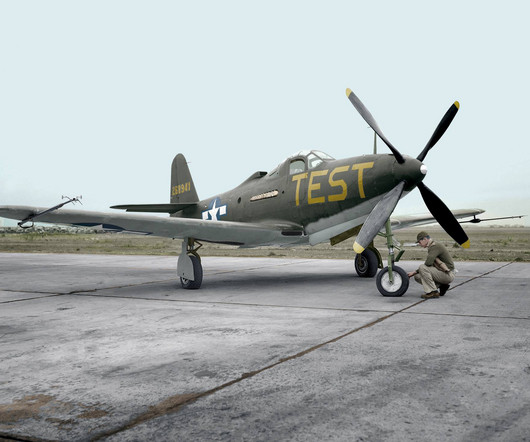







Let's personalize your content